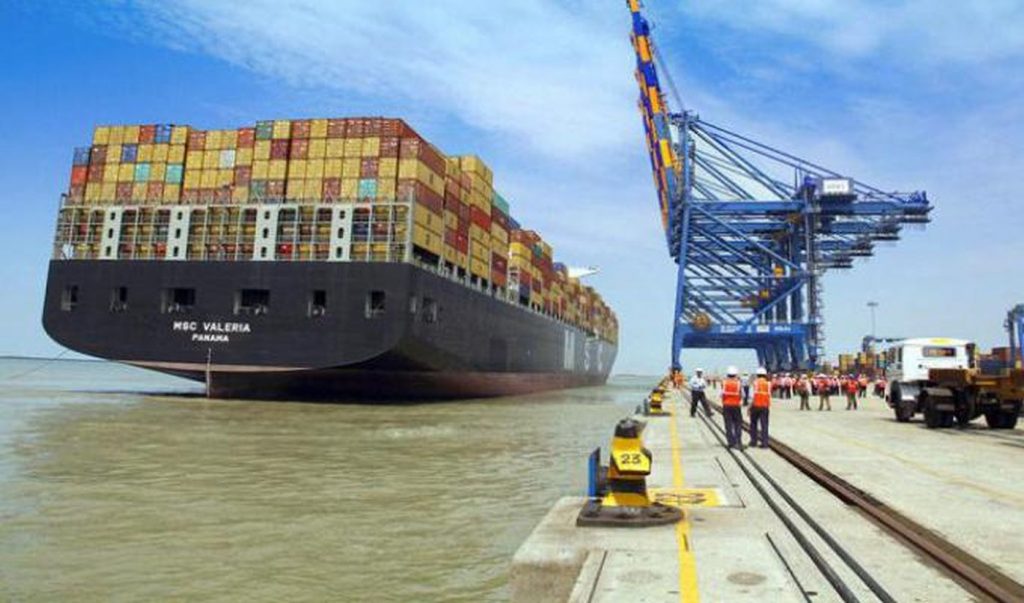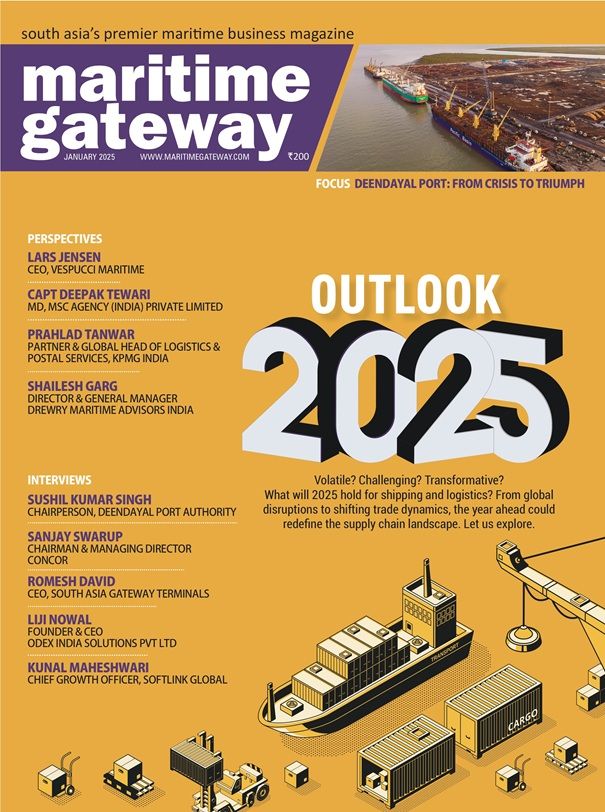Mundra Port has achieved a new milestone with the first stern berthing of the vessel MV DONGBANG GIANT NO.2 at AMCT – CB4 in “Mediterranean Mooring”, which was done successfully on May 21, 2019. By being the first to load the 1,460-MT package through stern mooring operation of berthing a vessel, Mundra APSEZ ports has added a feather to its cap. To execute such a manoeuvre is a great moment of pride and honour for any marine pilot and Indian port, emphasised a release.
The mooring practice is generally carried out for smaller crafts and ships not exceeding 100 m. This ship had an overall length of 145.6 m, beam of 38 m and depth of 8 m. For expediting the operation, comprehensive logistics planning and mobilisation of resources was required for transporting such a complex unit. Specialised heat exchanger units (over-dimensional cargo) weighing approximately 850 and 1,450 m were loaded on vessel via a ramp placed on the stern of the ship through SPMT (Self Propelled Modular Transporter).
Mediterranean mooring, also known as “Med Mooring”, is a technique for mooring a vessel to pier at a perpendicular angle. The ship thus occupies less space since it is connected to a fixed length of pier along the width, rather than its length. It is not very practical in deep water or regions with large tides because it is more likely to result in collisions. While berthing/unberthing, there is no visibility in the stern. Hence, it is very difficult to envisage stern approach speed as over-dimensional cargo creates a lot of blind sectors. High speed wind pushes vessel out of berth numerous times. In confined spaces, the vessel has to drop off the anchor and fall back in a very controlled manner. More than 2 pilots are required to safely expedite the manoeuvre covering all blind spots and liaising with all participatory teams. The approach speed has to be controlled and the movement has to be executed very responsibly and steadily. Due to very less clearances available, diligent tug handling is pertinent. Efficient handling of mooring lines by skilled and trained crew monitoring vessel approach is necessary as very limited timeframe is available for the operation. At times, presence and movement of nearby vessels create bow waves causing mooring lines to surge, disrupting approach movements, explained a release.







